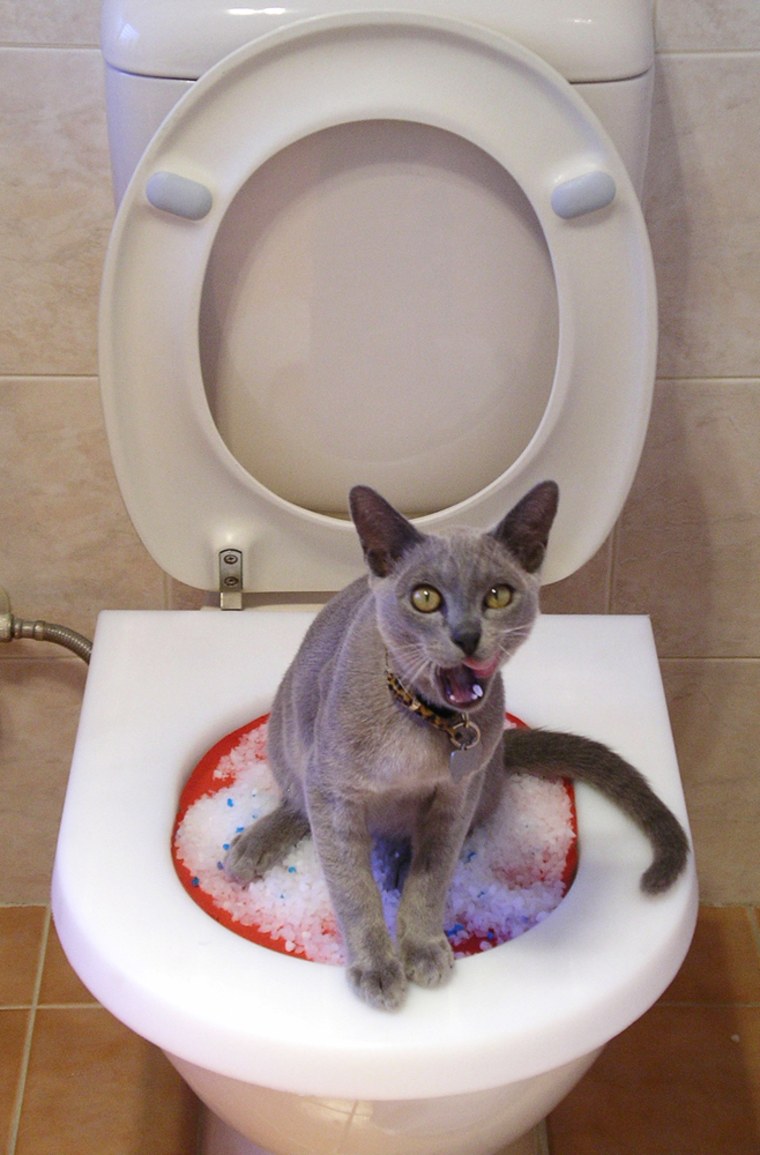The Consequences of Flushing Cat Poop Down Your Toilet - Safeguard Your Plumbing
Schedule AppointmentThis great article in the next paragraphs relating to Don’t flush cat feces down the toilet is relatively interesting. Don't skip it.

Introduction
As cat proprietors, it's vital to be mindful of how we throw away our feline pals' waste. While it might seem hassle-free to purge feline poop down the bathroom, this technique can have destructive repercussions for both the setting and human wellness.
Environmental Impact
Flushing feline poop presents hazardous microorganisms and bloodsuckers into the water system, posturing a significant danger to aquatic communities. These contaminants can adversely affect aquatic life and concession water quality.
Health Risks
In addition to environmental worries, purging feline waste can additionally position health threats to people. Feline feces may contain Toxoplasma gondii, a bloodsucker that can create toxoplasmosis-- a potentially severe health problem, especially for pregnant females and people with damaged body immune systems.
Alternatives to Flushing
Thankfully, there are more secure and extra responsible means to deal with feline poop. Think about the following choices:
1. Scoop and Dispose in Trash
The most typical technique of throwing away cat poop is to scoop it right into an eco-friendly bag and toss it in the garbage. Be sure to utilize a devoted trash scoop and take care of the waste without delay.
2. Use Biodegradable Litter
Go with biodegradable cat trash made from materials such as corn or wheat. These trashes are environmentally friendly and can be safely disposed of in the garbage.
3. Hide in the Yard
If you have a yard, consider hiding pet cat waste in a designated area away from vegetable gardens and water sources. Make sure to dig deep adequate to stop contamination of groundwater.
4. Mount a Pet Waste Disposal System
Purchase an animal waste disposal system especially designed for pet cat waste. These systems utilize enzymes to break down the waste, lowering smell and ecological influence.
Final thought
Responsible pet dog possession prolongs past offering food and shelter-- it likewise entails correct waste administration. By avoiding flushing pet cat poop down the commode and choosing different disposal methods, we can reduce our ecological footprint and safeguard human wellness.
Why Can’t I Flush Cat Poop?
It Spreads a Parasite
Cats are frequently infected with a parasite called toxoplasma gondii. The parasite causes an infection called toxoplasmosis. It is usually harmless to cats. The parasite only uses cat poop as a host for its eggs. Otherwise, the cat’s immune system usually keeps the infection at low enough levels to maintain its own health. But it does not stop the develop of eggs. These eggs are tiny and surprisingly tough. They may survive for a year before they begin to grow. But that’s the problem.
Our wastewater system is not designed to deal with toxoplasmosis eggs. Instead, most eggs will flush from your toilet into sewers and wastewater management plants. After the sewage is treated for many other harmful things in it, it is typically released into local rivers, lakes, or oceans. Here, the toxoplasmosis eggs can find new hosts, including starfish, crabs, otters, and many other wildlife. For many, this is a significant risk to their health. Toxoplasmosis can also end up infecting water sources that are important for agriculture, which means our deer, pigs, and sheep can get infected too.
Is There Risk to Humans?
There can be a risk to human life from flushing cat poop down the toilet. If you do so, the parasites from your cat’s poop can end up in shellfish, game animals, or livestock. If this meat is then served raw or undercooked, the people who eat it can get sick.
In fact, according to the CDC, 40 million people in the United States are infected with toxoplasma gondii. They get it from exposure to infected seafood, or from some kind of cat poop contamination, like drinking from a stream that is contaminated or touching anything that has come into contact with cat poop. That includes just cleaning a cat litter box.
Most people who get infected with these parasites will not develop any symptoms. However, for pregnant women or for those with compromised immune systems, the parasite can cause severe health problems.
How to Handle Cat Poop
The best way to handle cat poop is actually to clean the box more often. The eggs that the parasite sheds will not become active until one to five days after the cat poops. That means that if you clean daily, you’re much less likely to come into direct contact with infectious eggs.
That said, always dispose of cat poop in the garbage and not down the toilet. Wash your hands before and after you clean the litter box, and bring the bag of poop right outside to your garbage bins.
https://trenchlesssolutionsusa.com/why-cant-i-flush-cat-poop/

Do you appreciate more info about Don’t flush cat feces down the toilet? Give feedback down below. We would be interested to see your insights about this piece. We are looking forward that you visit us again in the future. Sharing is nice. Helping people is fun. I thank you for reading our article about Can You Flush Cat Poo or Litter Down the Toilet?.
Click Here